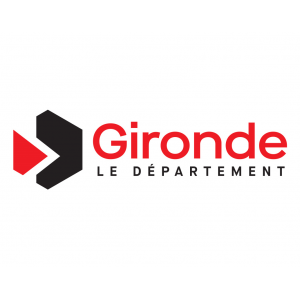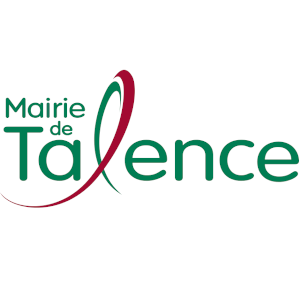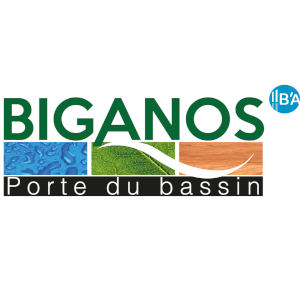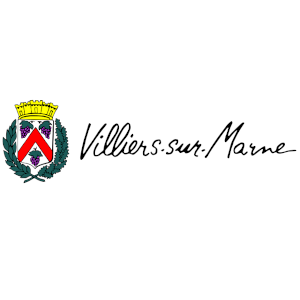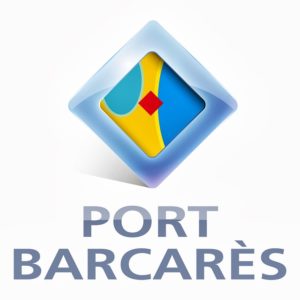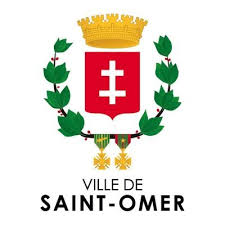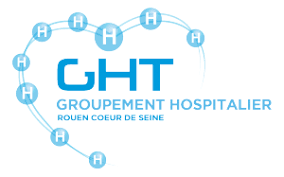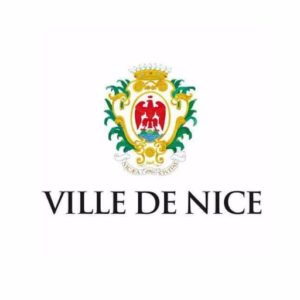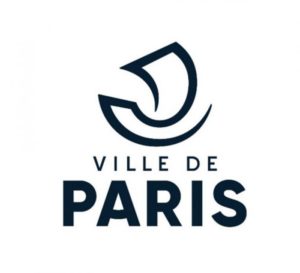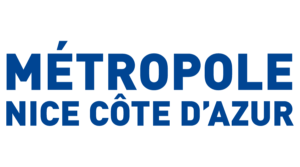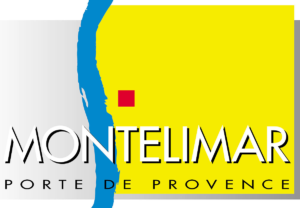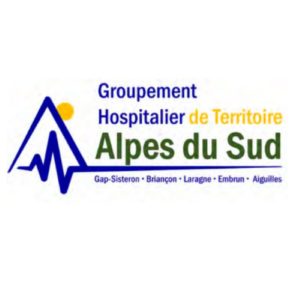VINILIA
Wine Trading House
About vinilia
Since its creation, Vinilia is specialised in wine and champagne marketing among public authorities and institutions.
Backed by a direct partnership with 1,520 wine estate owners, representing 335 wine designations, we are able to respond to any calls for tender from any local authority.
Unless asked otherwise by a public buyer, our philosophy is to work with local owners, in order to focus on short circuits and the expertise of wine enthusiasts.
Our expertise and our success with public buyers allow us to keep on searching for small, human-scale operations producing high quality wines and champagnes while meeting markets requirements, thanks to our custom approach of the market.
Where our partners are
Vineyard map
Vinilia in numbers…
Number of partners: 1520
Number of wine designations we work with: 335
Number of wines and champagnes references in our catalogue: 6031
Number of alcohols and spirits references in our catalogue : 332
White wines: 2195 including 533 organic wines
Sweet wines: 45 including 6 organic wines
Red wines: 3009 including 556 organic wines
Rosé wines: 751 including 161 organic wines
Champagnes: 471 including 56 organic wines
Sparkling wines: 31 including 3 organic wines
Classified growths: 808 including 107 organic wines
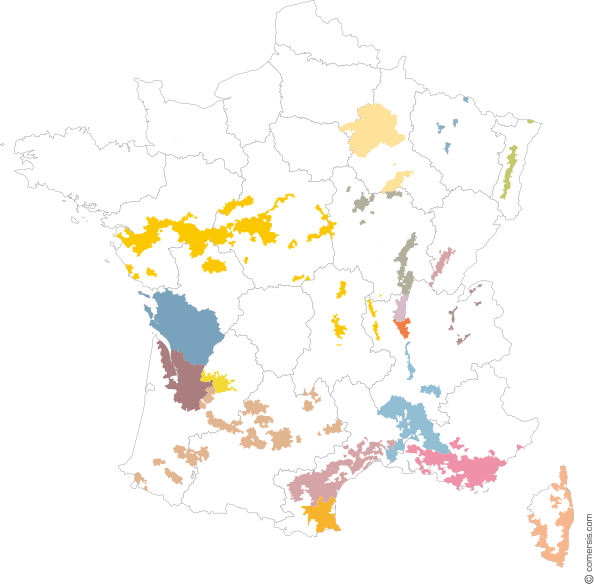
Alsace
The wine region of Alsace is a 170km long strip located at the foot of the Vosges mountains, extending from Marlenheim to Thann, supplemented by a small "isle" near the german border, around Wissembourg and Cleebourg.
Its typical terrain and its variety of soils allows Alsace to offer a wide varieties of wines, dry or sweet, still or sparkling. But its main strength is the optimal ripening of the white grapes, thanks to its climate (with the notable exception of the pinot noir).
Another one of Alsace's specifities is the identification of wines by their grape variety – riesling, gewurztraminer, sylvaner... – along with the presence of grands crus.
The Alsace wine region spans from the Vosges foothills to the Rhine valley. Les vignes s'y développent between the altitudes of 170 meters (lowest point of Dambach-la-Ville, in the Alsatian plain) and 478 meters (highest winegrowing limit in Alsace, in Osenbach).
The Vosges' protection lead to a semi-aridity, the main exposure to the east helps with the grapes' ripening while the sloped terrain ensure drainage.
If Alsace usually highlights its grape varieties, it also has 4 appelation : AOP Alsace, AOP Alsace Grand cru, with 51 identified terroirs, crémant d’Alsace and finally, for sweet wines, Vendanges tardives (VT) and Sélections de grains nobles (SGN).
We have 113 partners in Alsace.
Beaujolais
Neighbouring Burgundy, the vineyard of Beaujolais spreads over forty kilometers from north to south.
The Beaujolais vineyard extends from the south of Mâcon to the north of Lyon, on 15,700 ha. If the regional AOCs are located in the south, the communal AOCs (the crus) are concentrated in the northern part.
Beaujolais:
This regional appellation is divided into two distinct geographical zones: the main part, in the south of the vineyard, and an almost continuous strip stretching from Villefranche-sur-Saône to the Saône-et-Loire, in the north of the vineyard. In addition, about 200 hectares are also
dedicated to the production of the AOC Beaujolais blanc. These plots of chardonnay are located at the extreme north of the vineyard, at the limits of the Mâconnais, and in the south, around the communes of Liergues, Le Bois d'Oingt and Bully.
Beaujolais-Villages:
Thirty-eight municipalities are entitled to this designation. They are located in the departments of Rhône (31 towns) and Saône-et-Loire (7 towns), in three areas producing wines of different typicity: the southern area, backed by the mountains of Haute-Azergue, the central area, adjoining the AOC Brouilly and Régnié, and a third area, to the north, around the AOC Fleurie, Juliénas, Chénas and Moulin-à-Vent.
Beaujolais Nouveau ;
Celle-ci se superpose aux deux précédentes appellations régionales. L’AOC Beaujolais produisant les 2/3 des beaujolais nouveaux. Au total, cette dénomination représente un tiers de la production totale du vignoble, soit environ 28 millions de bouteilles.
We have 68 partners in Beaujolais.
Bordeaux
Internationally renowned, the Bordeaux vineyard is the largest and one of the most prestigious "appellations contrôlées" vineyard in France, thanks to its crus classés. This contrasted vineyard, with its wide variety of soils, is organised around 3 river axis : the Garonne, the Dordogne and their joint, the Gironde estuary.
Bordeaux produces every kind of wine, from a wide range of grape varieties. Red bordeaux is mostly made from Merlot, Cabernet-franc and Cabernet-Sauvignon ; white bordeaux, mostly from Sauvignon and Semillon.
Besides regional appellations, a distinction is made between Garonne's left bank (Médoc and Graves) and its right bank (Libournais, Blayais-Bourgeais and Entre-deux-Mers), together with the sweet wines from around the Ciron, affluent of the Garonne.
The 5 Bordeaux classifications :
In 1855, under Napoleon III's reign, Bordeaux establishes the wine classification, synonymous of quality and prestige all around the world. The principle of classified wines perfectly illustrates the synthesis of the typicity of a terroir and the work of men over several generations in the service of quality.
Note that the lack of classification does not prevent an appellation or crus from being considered as great wines!
There are several classifications in Gironde, listed in order of age :
The 1855 classification
The Graves classification
The Saint-Émilion classification
The Crus Bourgeois du Médoc classification
The Crus Artisans classification
We have 463 partners in Gironde.
Burgundy
The climats of the vineyards of Burgundy have been highlighted recently, since their entry into the World Heritage of UNESCO.
The 4 categories of designations may mention a climat on their labels. In general, it will be remembered that an AOC or a mention Grand Cru or Premier Cru is followed by the name of the climat on the bottle.
Reflecting this fragmented and of a great variety vineyard, the hierarchy of Burgundian wines, which may seem complex, is of a great logic and defines four levels: regional appellations (more than 50% of production), communal appellations, also known as villages (more than 30% of production), the premiers crus (about 10% of production) and, at the top of the pyramid, the grands crus.
We have 114 partners in Burgundy.
Champagne
Spanning over 30 000 ha, Champagne is the northernmost vineyard in France, with 60 to 80 frost days per year.
It owes its wealth to its fragmentation, each village constituting a cru, that is to say the product of a terroir and a climat; there are 319 crus.
Champagne, also called Champagne wine, is a French sparkling wine protected by an AOC (Appellation d'origine contrôlée : controlled designation of origin) whose regulation required several centuries of gestation.
Its name comes from Champagne, a region in the north-eastern part of France. The geographical delimitation, the grape varieties, the yields and the whole elaboration of the champagne are the main specificities of the appellation.
Champagne is produced mainly from three grape varieties: Pinot Noir, Meunier and Chardonnay. The Champagne vineyard produces mainly sparkling white wines, with a wide range of cuvées (special or not), vintages and varied bottles.
There are several types of Champagne :
Blanc de blancs champagnes (made only from Chardonnay),
Blanc de noirs champagnes (made either from Pinot Meunier alone, Pinot Noir alone or a blend of both).
Champagnes Tradition (made from all three grape varieties).
Most champagnes are brut wines. There are also dry, semi-dry, sweet, extra brut and extra-dry champagnes.
We have 112 partners in Champagne.
Charentes
The I.G.P. Charentais Wines, produced on more than 1500 hectares in Charente and Charente Maritime were born in this panorama during the Gallo-Roman era.
Now preserved by a Protected Geographical Indication (I.G.P.), the wines are as creative as they are qualitative.
The winemakers, ever more passionate and proud of their terroir and their territory, are working together today to offer a new history to I.G.P. Charentais Wines.
The combination of their know-how and the rich aromatic palette of the authorized grape varieties, old or modern, has allowed the revival of these wines that only need to be discovered or rediscovered.
We have 20 partners in Charente.
Corsica
With an area of 8,680 km², Corsica reveals itself as a rich and surprising land since it includes 9 AOP (Appellation d'Origine Protégée: Protected Designations of Origin). The latter are divided into appellations of types "Cru", "Villages" and "Régionales", while integrating a specific appellation for natural sweet wines. Moreover, the IGP (Indication Géographique Protégée: Protected Geographical Indication) of the Isle of Beauty alone represent more than half of the total production of the Corsican vineyard.
1 regional designation: Vins de Corses
2 crus designations: "Patrimonio" and "Ajaccio"
5 villages designations: Corse Porto-Vecchio, Corse Figari, Corse Sartene, Corse Calvi, Corse Coteaux du Cap-Corse
1 VDN (Vin Doux Naturel: Sweet Natural Wine) designation: Muscat du Cap-Corse
We have 10 partners in Corsica.
Languedoc-Roussillon
The Languedoc-Roussillon vineyard is one of the largest in France with an area of more than 245,000 hectares planted with vines. It was created by the Greeks and Romans in the continuity of the Provence wineyard. We discover sumptuous wines elaborated there, thanks to talented winemakers.
The Grenache and Syrah grape varieties are well represented and offer typical wines such as Fitou, Corbières, Saint Chinian…
Roussillon has a very beautiful wine heritage especially when it comes to natural sweet wines such as Maury and Banyuls. These wines are perfect as desserts or digestives. Languedoc and Roussillon are beautiful and very welcoming regions, ideal to organize fun wine routes.
More and more estates of the Languedoc settle durably in the leading peloton of the elite winemakers of France. The region does not only produce good and inexpensive wines: the best wines from Languedoc and Roussillon are now able to compete equally with great Bordeaux wines, Burgundy wines and Rhône wines, most often at much sweeter rates.
We have 135 partners in Languedoc-Roussillon.
Provence-Mediterranean
The Mediterranean, the Alps. Between these two wonders of nature, a third, shaped by man: the Provençal vineyard. Its sunny vineyards stretch over 200 kilometres through the departments of the Var, Bouches-du-Rhône and part of the Alpes-Maritimes. Under the Midi sun, the landscape is breathtaking. By setting foot in the vineyards, it feels like holiday spirit. That’s probably why the grapes are so beautiful and the wines are so good.
These two geological formations, limestone and crystalline, correspond to two vegetation formations characteristic of the Mediterranean: the scrubland on limestone soil and the maquis on crystalline soil. Neither of these types of vegetation can provide significant humus inputs. As a general rule, the soils of Provence are poor but well drained. These shallow soils, without excess moisture, are perfectly suited to the Mediterranean vine plant.
More than a dozen grape varieties are involved in the production of Provence wines. Some of them constitute a base that is found in the majority of the vineyard, while others are more specific to certain appellations.
During the winter following the harvest, the just finished wines are assembled according to the qualities of each grape variety to obtain balanced wines. This process, called the "assemblage", is a very old winemaking tradition in Provence.
We have 135 partners in Provence.
Jura & Savoie-Bugey
This vineyard with a tormented geology, counterpart of Upper Burgundy, on the other side of the valley of the Saône, occupies the slopes that descend from the first plateau of the Jura mountains towards the plain. A strip of 80 km long, crossing the entire department of Jura, from Salins-les-Bains, in the north, to Saint-Amour, in the south. The most favorable terroirs are located in hillsides between 250 and 400 m of altitude.
Planted with local and Burgundian grape varieties, these terroirs give rise to atypical wines, such as the famous yellow wine, straw wine or macvin.
The production of white wines being largely dominant, the most widespread type of vine is chardonnay which represents 50% of encépagement of the Jura vineyard. Adapted to limestone and marly soils, it gives dry white wines suitable for aging. However the flagship grape variety of the Jura is the savagnin (nearly 20% of encépagement): very old, adapted to marl terroirs, very qualitative and of a low yield, it gives white wines of guard, powerful and original, with aromas of nut and stone to rifle. It is also used in blends with chardonnay, often called «Côte du Jura Tradition».
In late harvest and after a long six-year vinification, it produces the yellow wine of great reputation which is the glory of Château-Chalon and which is sold in a 62 cl bottle called «clavelin» (1,500 hl per year).
We have 44 partners in Jura and Savoie-Bugey.
Sud-Ouest
The Sud-Ouest (South-West) vineyard is located between the Massif Central in the north-east, the Pyrenean chain in the south, and the Atlantic in the west. The Garonne, born in the Pyrenees, turning its back on the Mediterranean from Toulouse, will throw itself into the Atlantic Ocean, after having brought with it the Lot, the Tarn and the Dordogne. These strongly influence the growth of the vine and seal the aromatic and gustatory characteristics of the wines.
Vast and varied, the Sud-Ouest vineyard covers four main areas: the Piedmont of the Massif Central, the Garonne, the Bergeracois and Duras, and the Pyrenean piedmont. We should actually use the plural and call this the vineyards of the Sud-Ouest, since there are more than twenty, with different terroirs, grape varieties and histories. The common point between the appellations, as far as irouleguy, gaillac or marcillac, resides in wines of character and in an incomparable range of local grape varieties (manseng, tannat, negrette, loin-de-l'oeil...).
We have 75 partners in the Sud-Ouest vineyard.
Loire Valley
The vineyard of the Loire Valley, the 3rd region of wines of appellations of France, regroups 51 appellations and 4 IGP spread over 57,200 hectares of vines and 14 departments of Ligerian, from the Vendée to the Puy-de-Dôme, for a production in AOP of 2.1 million hl, representing 11,9% of French production.
It is one of the ten European vineyards inscribed on the UNESCO World Heritage List, from Chalonnes-sur-Loire (Maine et Loire) to Sully-sur-Loire (Loiret).
The vineyards of the Loire Valley are characterized by a great diversity of climates and soils giving rise to a great variety of wines.
The wines of the Loire Valley come from an unique range of grape varieties. From chenin to cabernet to sauvignon and burgundy melon, there are no less than 24 grape varieties making up this diversity.
We have 109 partners in the Loire Valley.
Rhône valley
One of the oldest vineyards in France and the second largest wine-growing region in France after Bordeaux, crossed by the Rhône, a fiery river that flows towards the South and sees the vines bloom on each bank.
There are two very different sectors: the northern Rhone Valley and the southern Rhone Valley. Other sectors slightly behind the Rhône are connected to the region, from Vivarais to the Luberon, via Diois.
The specifications presented will subsequently constitute the model of all the decrees of AOC: delimitation of the surface of name, type of vines, uses, cultural methods, minimal alcoholic degree, vintage.
The wines of the Rhône represent more than 70,000 hectares of vines, 28 Appellations, 5,000 properties and 3 million hectolitres produced each year.
We have 122 partners in the Rhone valley.
They trust us
